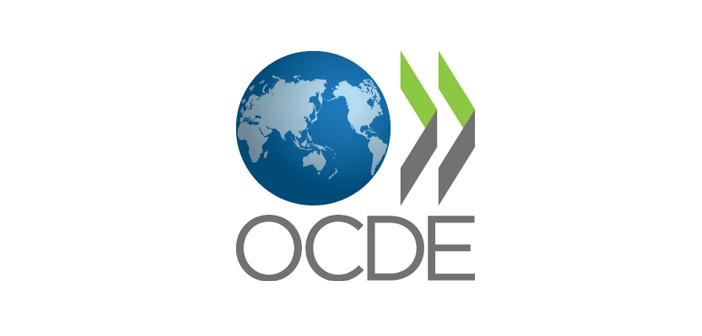Revenues from corporate profit taxation have been declining in most OECD countries since the onset of the global economic crisis, which has led to increased pressure on individuals to enable states to meet their financing needs.
This is evident from recent data extracted from the Revenue Statistics published annually by the OECD.
On average, corporate tax revenues decreased from 3.6% to 2.8% of the gross domestic product (GDP) between 2007 and 2014.
This decline was offset by an increase in revenues from personal income tax, which rose from 8.8% to 8.9%, social security contributions which rose from 8.5% to 9.2% of GDP, and VAT which increased from 6.5% to 6.8% of GDP over the same period.
According to the OECD Centre for Tax Policy and Administration, companies continue to find ways to pay less tax, and ultimately, it is up to individuals to foot the bill.
Indeed, it is the citizens who have borne the brunt of the vast majority of tax increases observed since the crisis, in the form of increases in social contributions, value-added tax, and income taxes.
This situation clearly shows that urgent action is needed to ensure that businesses bear their fair share of the burden.
The action taken is centered around the OECD/G20 Base Erosion and Profit Shifting (BEPS) Project, which provides governments with solutions to address mismatches between the rules in different countries, allowing companies to “disappear” profits or shift them to locations where they are lightly taxed or not taxed at all and where they engage in little or no economic activity.
The Revenue Statistics show that the average tax burden* follows an upward trend in the OECD countries, reaching 34.4% of GDP in 2014.
If the increase in tax pressure results for about two-thirds from increased revenues from VAT and individual and corporate income taxes, the remainder is mainly attributable to revenues from social contributions and wealth taxes.
The fiscal measures taken have played an important role: many countries have indeed increased rates, broadened tax bases, or both at the same time. The average standard rate of VAT reached an unprecedented level in the OECD region, rising from 17.7% in 2008 to 19.2% in 2015.
Comparing 2014 with 2013, the average tax burden in OECD countries increased by 0.2 percentage points to 34.4% in 2014. The 2014 figure is the highest average ever recorded since the OECD began measuring tax revenues relative to GDP in 1965.
The increase in revenues between 2013 and 2014 is attributable to about 80% of consumption taxes and the taxation of income and profits, which are also responsible for two-thirds of the revenue increase observed between 2009 and 2014.
The largest increases in tax revenues relative to GDP between 2013 and 2014 were observed in Denmark (3.3 percentage points) and Iceland (2.8 percentage points). Other countries with notable increases are Greece (1.5 points), Estonia (1.1 points), and New Zealand (1.0 points).
The most pronounced downward movements occurred in Norway (1.4 percentage points) and the Czech Republic (0.8 percentage points). Luxembourg and Turkey each lost 0.6 percentage points.
Denmark has the highest tax revenue-to-GDP ratio among OECD countries (50.9% in 2014), followed by France (45.2%) and Belgium (44.7%).
On the other hand, Mexico (19.5% in 2014) and Chile (19.8%) have the lowest tax revenue-to-GDP ratios, followed by Korea (24.6%) and the United States (26.0%).


